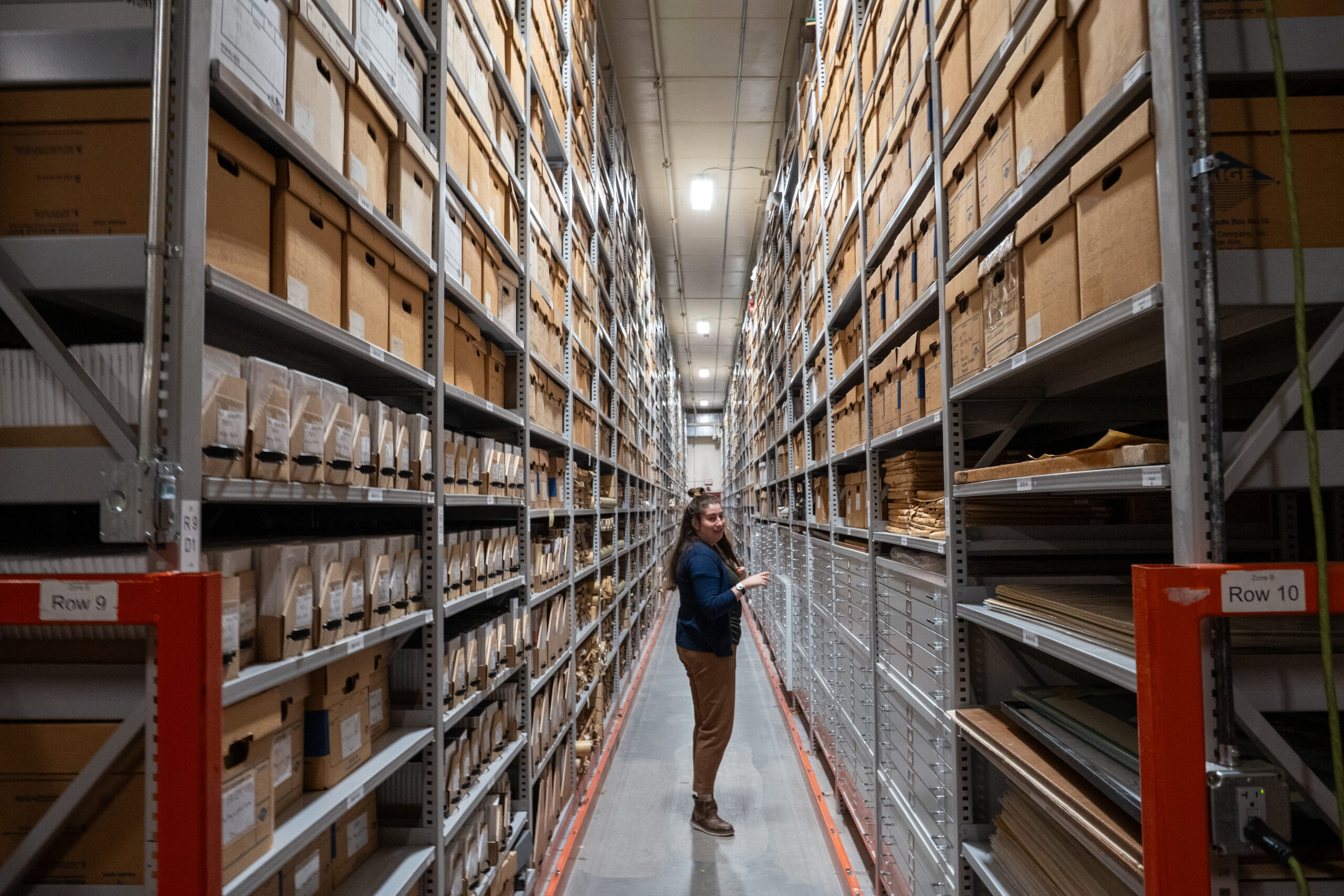Multimedia stories showcase the multigenerational experiences of immigrants and their families.
Byline: By Sophia Arndt
Tucked away in Andersen Library on the West Bank of the University of Minnesota Twin Cities campus is the Immigration History Research Center, North America’s oldest and largest research center and archive dedicated to understanding immigrant and refugee life.
For 60 years, the center has highlighted the stories of immigrants in America and the country’s complicated history with them. Among its most accessible projects is “Immigrant Stories,” where immigrants and refugees create digital diaries in the form of videos.

“I think the heart of this is allowing immigrants to tell their own stories in their own words,” Michele Waslin, assistant director of the center, said. “It allows immigrants or the children of immigrants, or even the grandchildren of immigrants to tell these stories in their own words.”
The project offers community and advice to immigrants of any generation from anywhere in the country. Creators were encouraged to use images, text and audio to describe their experiences.
Netra Parikh, the daughter of two Indian immigrants, was born in Bettendorf, Iowa. Her family is one of two Indian families in her community. After experiencing feelings of isolation, her family relocated to Cary, North Carolina when she was 3 years old, where she has lived ever since.
“The schools I attended were more than half Asian and pretty much all of my friends growing up were Brown. This created a unique Desi culture where I never felt like I didn’t belong or struggled with my identity because I was surrounded by people just like me,” Parikh said in her video. “Even if all our parents spoke different languages, we had shared experiences.”
Her videos, like many others in the archive, include recent family photos, older pictures of her parents and a family tree illustrating her heritage.

Another contributor, Phoenix Saythany is a second-generation Laotian-American who celebrates his parents’ cultural hearths of Laos and Thailand. Both of his parents fled Laos due to the spread of communism in their country and began the tedious process of immigrating to the United States.
“I honestly don’t think that I would have the life I have today if it weren’t for the struggles and the hardships that my parents had to go through to get here in the United States, with nothing in their pockets but a few of their belongings,” Saythany said in the video. “I really admire and am grateful for their strength and their resilience to keep pushing through and to make sure that the generations ahead of them would enjoy a better life.”
While the center is no longer accepting new entries, the years of videos live on. As of now, the archive contains 375 entries, with some as recent as December 2024. The project is part of the Immigration Center’s broader mission to contribute to a sustained understanding of immigration’s impact on U.S. society, Waslin said.
“We’re not trying to get at any specific answer or data or information. We just want them to be able to tell their own stories without an interviewer present,” Waslin said.
“Our goal is to produce research and scholarship on immigration history, but also to learn lessons from history so that we can apply them to today’s immigration conversation,” Waslin said. “We support professors. We support graduate students and undergraduate students by providing them with some resources.”


